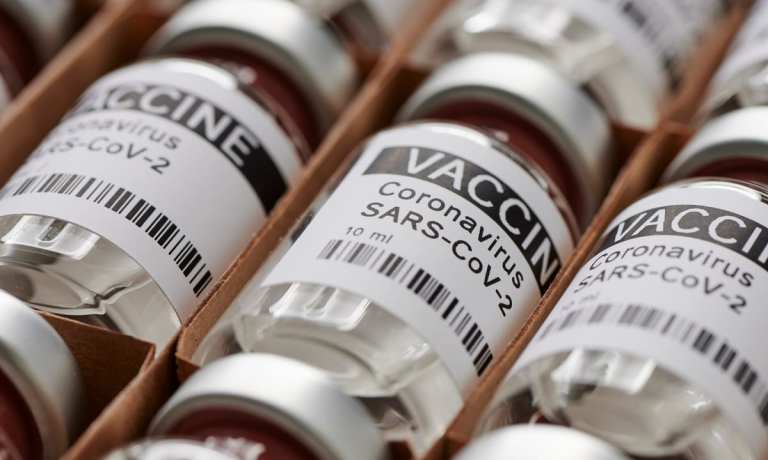
The COVID-19 vaccine is now out for its first round of distribution among medical personnel and seniors in assisted living communities nationwide. And, from a logistical standpoint, so far, so good. People are getting the vaccine which so far doesn’t seem to be linked to any major side effects of concern.
Two medical workers in Alaska did report a more serious allergic reaction to the vaccine, but both reactions were quickly brought under control and the healthcare workers that had them still positive on taking the vaccine itself. Unfortunately, reticence about actually geting the COVID-19 vaccine remains persistent. In Houston, according to NPR reports, some medical staff are expressing wariness about actually showing up for their shots.
“Yesterday I had a — not a fight, but I had a friendly argument with more than 50 percent of my nurses in my unit telling me that they would not get the vaccine,” chief of critical care at Houston’s United Memorial Medical Center, Dr. Joseph Varon told NPR.
The nurses, he noted, are skeptical it will work and are worried about unfounded side effects.
And that sense of reticence, notably, extends beyond healthcare workers in Houston. According to PYMNTS’ data on U.S. consumers’ intentions to seek a vaccine — gathered after news of the Pfizer vaccine was already in the public sphere — has long showed deeply built-in ambivalence on this topic.
Everyone wants COVID-19 to be over, for sure, but that would mean everyone is eager to get a vaccine as soon as they can. However, only 37.9 percent reported that they “strongly” plan to get vaccinated, whereas 38.4 percent of people who say they “definitely” or “probably” won’t. The remaining quarter or so of respondents reported they were unsure of their inventions. And that rather large subset of holdouts on getting vaccines is showing up in data other than PYMNTS’ studies. Gallup’s poll of vaccine intentions a few weeks ago showed consumers split roughly 60-40 between getting a vaccine and not getting one. Pew’s latest survey of consumer intention shows that plans to get a vaccine among consumers are on the rise with 60 percent reporting vaccination plans as of last week.
And those intentions, no matter who’s data one uses are not evenly distributed. According to PYMNTS, consumers who have digitized their routines are far more likely to be vaccine enthused than those who have not. Older consumers were also showed to be more vaccine prone than their younger counterpart millennials. According to Pew, while the general public is 60 percent likely to get a vaccine, the figure dips below 50 percent when looking at African Americans in particular.
And a muted response to the vaccine is a big problem because for a vaccine to create synthetic herd immunity that it was created to make, 80 percent of the population needs to get it. This means there is a lot of work to be done in getting those holdout groups on board.
The National Institutes of Health is notably trying. As of Sunday night, the NIH director begged Americans to “hit the reset button” on any skepticism they might have over the COVID-19 vaccine.
“I would like to plead to people who are listening to this this morning to really hit the reset button on whatever they think they knew about this vaccine that might cause them to be so skeptical,” Dr. Francis Collins told NBC News’s “Meet the Press.”“It’s been discussed in a public meeting, all the details of the safety and the efficacy for anybody who wants to look. This is a very powerful outcome of this incredibly intense yearlong experience to develop this.”
Will it be enough? The data gives the strong impression that the resistance is baked in deeply enough that it probably won’t be — and that health officials need to start working overtime to find ways to incent consumers to go and get their vaccine, even if they are still feeling a little uncertain.